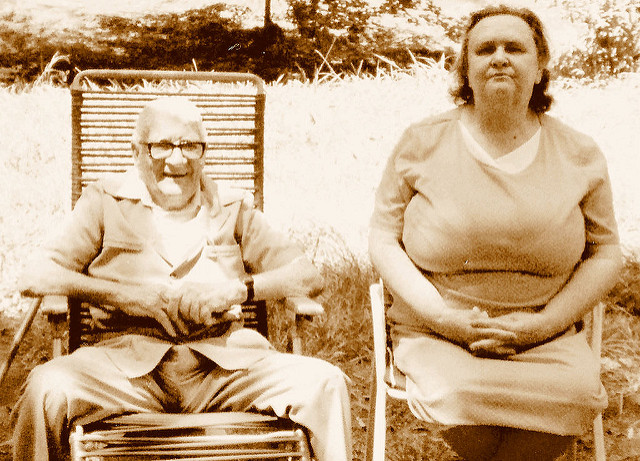Cells contain structures, called organelles, which perform different tasks in order to allow the cell to function. Mitochondria are a type of organelle that convert the energy obtained from eating food into energy that the cell is able to use. Although the majority of a cell’s DNA is stored in an organelle called the nucleus, mitochondria also contain small amounts of DNA called mitochondrial DNA. The mitochondrial DNA contains a total of 37 genes that are important for mitochondrial functions.
Image Source: Science Photo Library – ANDRZEJ WOJCICKI
A recent study from Johns Hopkins University suggests that the amount of mitochondrial DNA people have is linked to their mortality and frailty. Frailty refers to a group of age-related symptoms such as tiring easily, decreased muscle strength, and increased vulnerability to disease.
The researchers used data from past long-term studies to analyze the relationship between amounts of mitochondrial DNA and levels of frailty and mortality. Researchers discovered that, on average, subjects who were considered frail had 9% less mitochondrial DNA than subjects who were not frail. After being grouped and ordered by amount of mitochondrial DNA, subjects in the bottom 23% of the population were 31% more likely to be frail than subjects in the top 20% of the population.
When looking at the relationship between amount of mitochondrial DNA and mortality, the researchers observed that participants with the largest amounts of mitochondrial DNA had a median of 2.1 more years of life than participants who had the smallest amounts. Subjects in the bottom 23% of the population, in regards to mitochondrial DNA levels, were 47% more likely to die during the study period than subjects in the top 20%. Women were shown to have 21% more mitochondrial DNA than men, which could explain why women, on average, tend to live longer than men.
Dan Arking, one of the authors of the study, indicated that mitochondrial DNA could become an important biomarker in research related to aging. Mitochondrial DNA could also be used as a predictor of frailty by doctors to detect risks early and recommend preventative measures to avoid the symptoms of frailty. Further research is required to determine if the relationship is only a correlation or if levels of mitochondrial DNA do in fact have an impact on frailty and mortality.
Feature Image Source: Old Couple by Jan Tik











Nice
Nice-